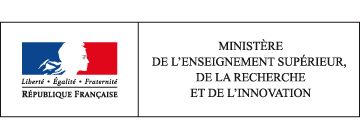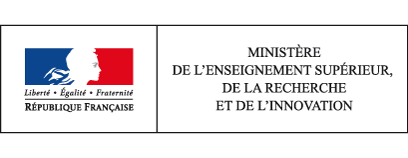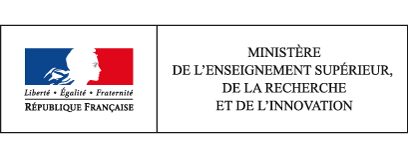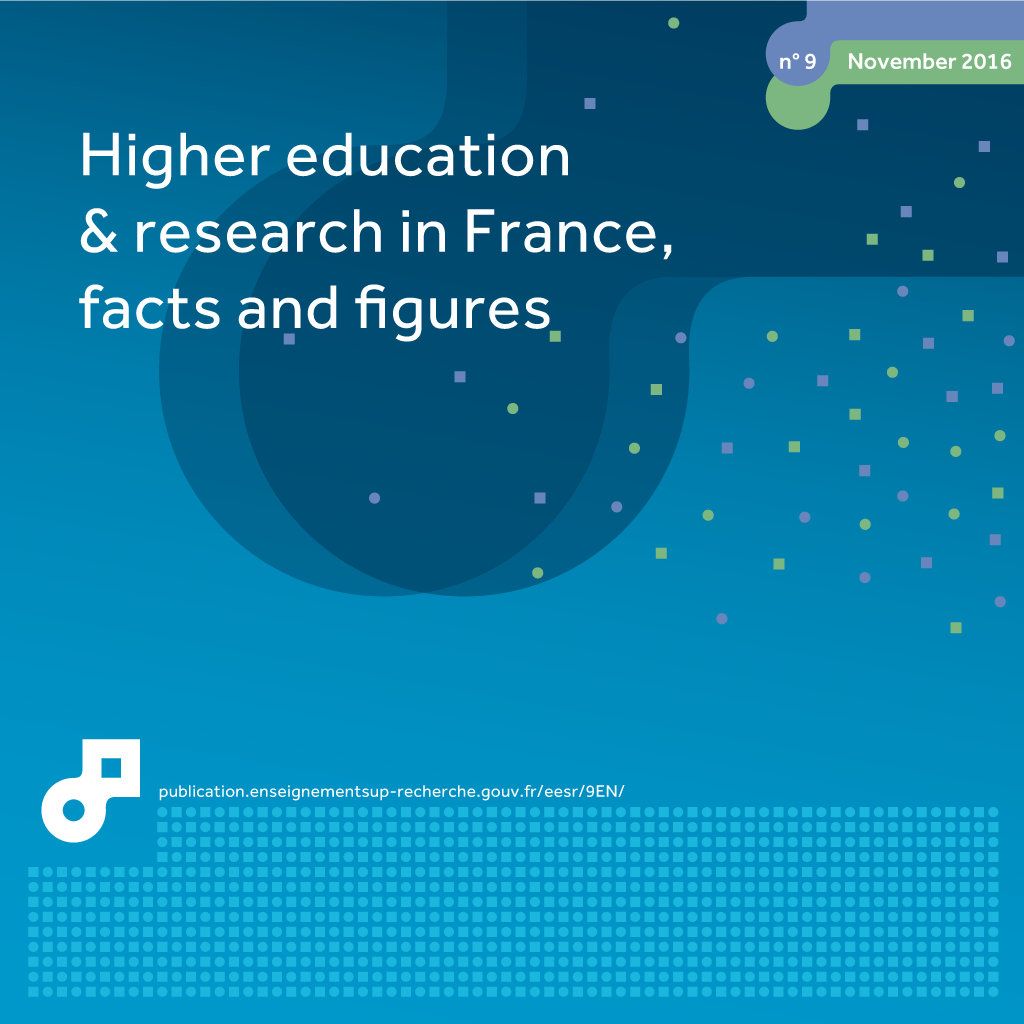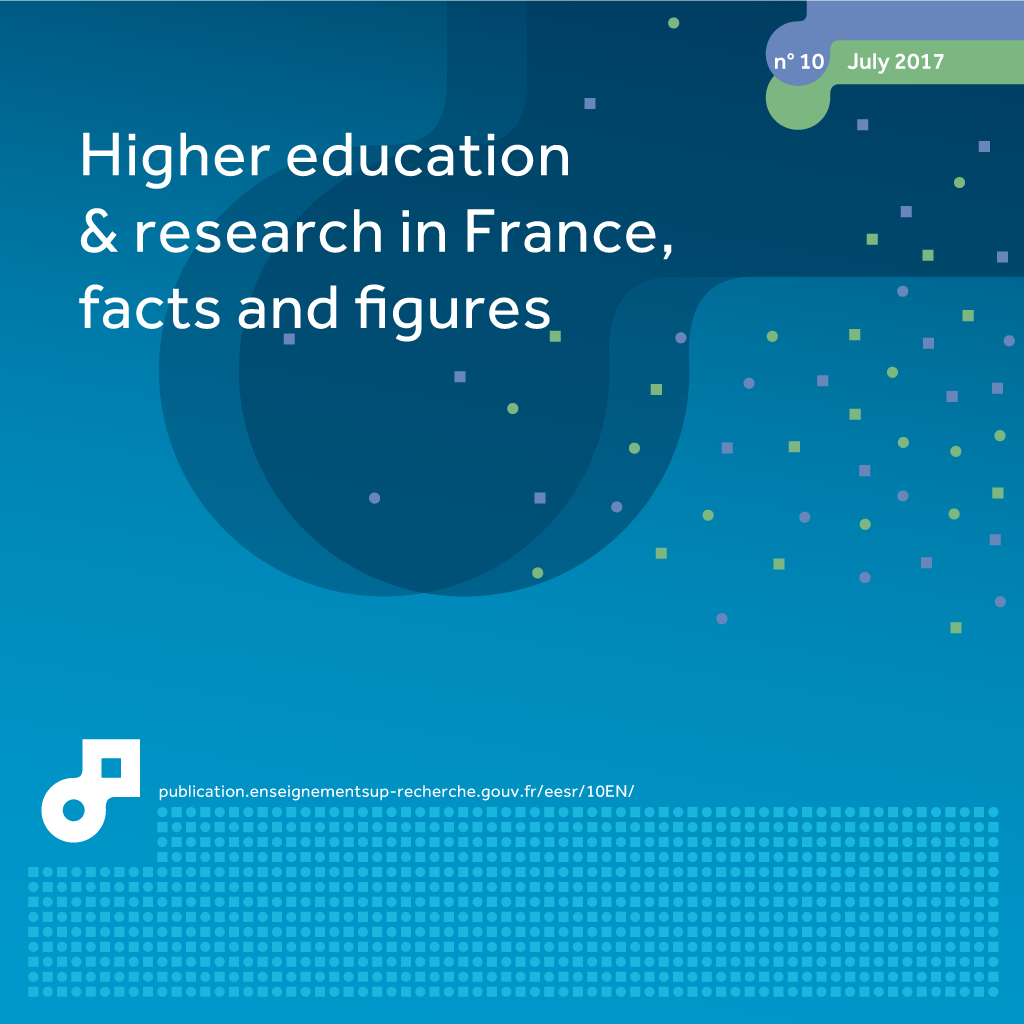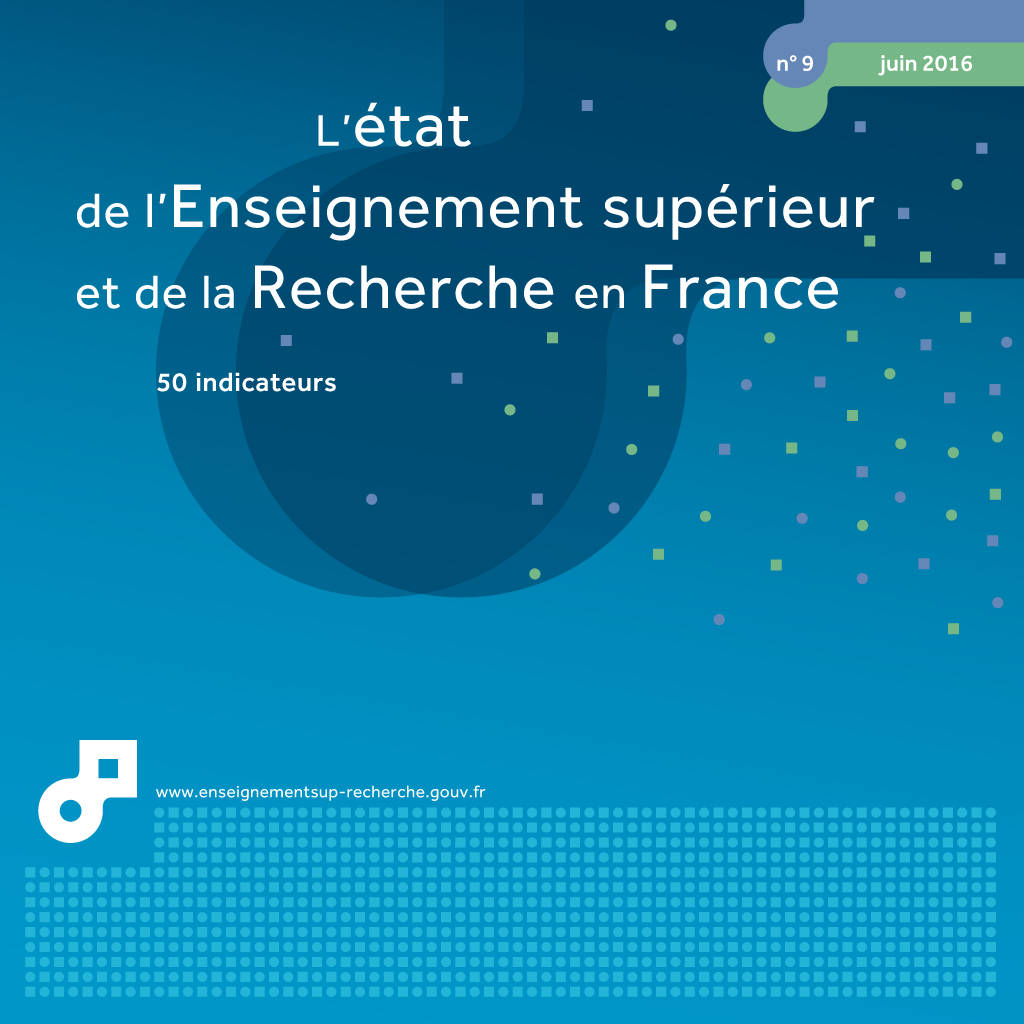08 course preferences and offers made on the Post-Bac Admission portal (APB)
This page has been updated. Read 08. course preferences and offers made on the post-Bac admission portal (APB) in Higher education & research in France, facts and figures 10th edition - June 2017
In 2014-15, 739,600 candidates used the Post-Bac Admission portal (ABP) to continue their studies, including 78% of students in the final year of secondary school ("Terminale"). On average, they entered 6.5 preferences. 83% of candidates received an offer through the normal procedure, of which nearly two-thirds received their first or second preference.
The Post-Bac Admissions portal is designed for students who wish to enrol on the first year of a course, after the Baccalaureate. Since 2014-15, students already in the first year after the Baccalaurate, who want to change their course in their institution or transfer to another institution, can use this portal if they are under 26 years of age.
In 2014-15, 739,580 candidates entered at least one preference for continuing higher education studies, of which 9% entered a single preference and 22% over ten preferences.
Around eight candidates in ten are students in the final year of secondary school, 13% are already in higher education in France and wish to change their course, the others have diverse profiles (not in education or in supplementary training, for example).
Candidates in the final year of secondary school entered 6.5 preferences on average. Candidates following a general Baccalaureate entered more preferences than candidates following a vocational Baccalaureate (on average 7.2 preferences compared to 4.6).
If we consider the first preference entered by candidates in the final year of secondary school (chart 08.01), over half of the future general Bac holders requested a first year at university (including a common first year for medical studies), 14% requested a CPGE (classes preparing for admission to Grande Ecoles), 14% an IUT (university technology institute) and 8% an STS (Advanced technician's section). Nearly half of future technological Bac holders requested an STS, 20% an IUT and 20% a first year at university. Finally, eight out of ten future vocational Bac holders wishing to continue in higher education requested an STS, 11% a university and 4% an IUT.
The preferences differ according to discipline. Only 46% of candidates for the scientific Baccalaureate wished to continue their studies at university and 6% at an STS. By contrast, 19% wished to enter CPGE, 14% IUT and 10% engineering school. 7 out of 10 future literary Bac graduates chose university as their first preference, but only 8% chose CPGE, 10% STS and 5% IUT. Bac holders following an economic and social path were more likely than literary candidates to enrol in an IUT (20%) and an STS (12%) and 51% of them wished to enter university.
Following the normal procedure, 88% of candidates in the final year of secondary school received an offer, of which 55% got their first choice. Among candidates in the final year of secondary school requesting a first year at university, 84% received their first choice. Obtaining the first preference is rarer in selective disciplines; only 39% of students requesting a DUT (university technology diploma) and 37% requesting an STS received their first choice.
62% of general Bac holders receiving an offer through the normal procedure obtained their first preference (chart 08.02), but this proportion falls to 35% if we consider those that requested CPGE. Although one in two technological Bac holders obtained their first choice, only 35% obtained their first preference for an IUT and 42% for an STS. Finally, only 36% of vocational Bac holders obtained their first preference, of which 32% requested an STS and 19% requested an IUT.
28% of vocational Bac holders with a "Pass" grade at Baccalaureate received an offer from their first choice (table 08.04) but 66% who got a "Distinction" (57% for "Merit") in the Baccalaureate got their number 1 choice. Likewise, 86% of technological Bac holders who got "Distinction" received their first choice.
At the end of the normal procedure, more than nine candidates in ten in the general section and over eight candidates in ten in the technological section had received an offer, compared to a little over six candidates in ten in the vocational section (chart 08.03). Candidates without an offer received at least one offer in the additional procedure.
How to cite this paper :
close
08.01 Course preference according to the type of Baccalaureate (in %)
You can embed this chart to your website or your blog by copying the HTML code and pasting it into the source code of your website / blog:
close
08.02 Breakdown of offers according to the order of preference made and type of Baccalaureate (in %)
62% of students taking the general Baccalaureate in the final year of secondary school receiving an offer in the normal procedure received their first choice.
You can embed this chart to your website or your blog by copying the HTML code and pasting it into the source code of your website / blog:
close
08.03 Offers received by admission phases according to type of Baccalaureate (in %)
62% of students in the final year of secondary school studying for a vocational Baccalaureate received an offer through the normal procedure. The additional phase is intended for candidates who did not enrol for the normal phase, or did not express a preference, or did not receive any positive offers (no response from the courses requested or a rejection).
You can embed this chart to your website or your blog by copying the HTML code and pasting it into the source code of your website / blog:
close
08.04 Proportion of candidates in the final year of secondary school who received an offer for their first preference, following the normal procedure (in %)
41% of technological Bac candidates who obtained a "Pass" grade received an offer from their first choice. This was the case for 86% of technological Bac candidates who received a "Distinction" in the Baccalaureate.
You can embed this table to your website or your blog by copying the HTML code and pasting it into the source code of your website / blog:
close
Related statistical publication
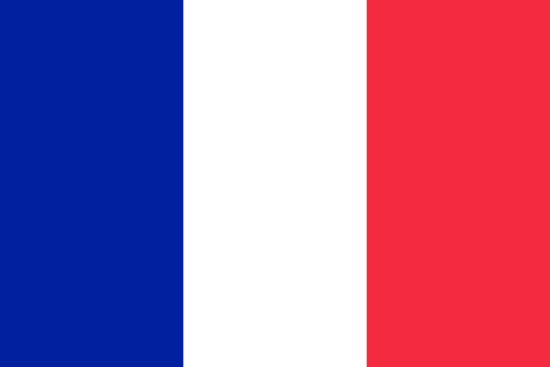 Note flash SIES 08 - Course choices in higher education: preferences submitted for the 2016-2017 academic year - Ceren Inan - June 2016
Note flash SIES 08 - Course choices in higher education: preferences submitted for the 2016-2017 academic year - Ceren Inan - June 2016 Students preparing for the baccalauréat and enrolled on the Post-Bac Admission Portal (APB) for the 2016 session submitted an average of 7.6 preferences.
38.2% of candidates requested a Bachelor's degree programme as first choice. In several of the requested Bachelor's degree preferences, the number of women reached extreme proportions (91.4% in Linguistics, 10.3% in Computer Science). For literary series candidates, the proportion of women exceeded 70%. Nearly one student in five in the final year of secondary school taking the scientific series (17.9%) requested classes preparing for admission to Grandes Ecoles (CPGE) as first choice.
Students preparing for a vocational baccalauréat (80.5%), but also to a lesser extent technological series candidates (49.4%), put Advanced technician's sections (STS) as first choice. The subsequent choices were often the same as the course chosen in first place.
Translation
 Etat de l'enseignement supérieur et de la rechercheL'état de l'Enseignement supérieur et de la Recherche en France n°9 - Juin 2016
Etat de l'enseignement supérieur et de la rechercheL'état de l'Enseignement supérieur et de la Recherche en France n°9 - Juin 201608 - vœux d’orientation et propositions exprimés sur le portail Admission post-Bac (APB) - Diane Marlat
